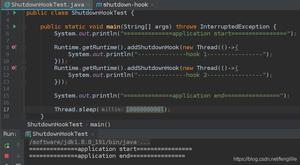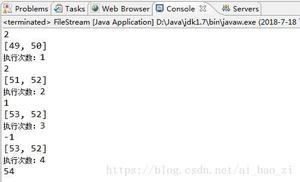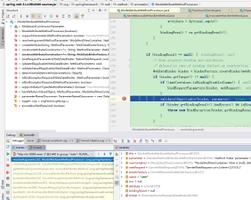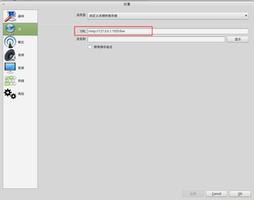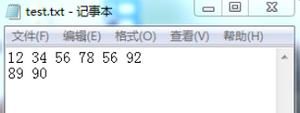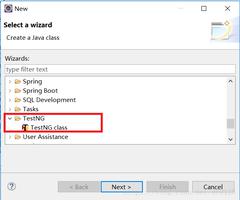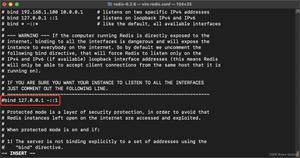vue2进阶之v-model在组件上的使用

v-model 用在 input 元素上时
v-model虽然很像使用了双向数据绑定的 Angular 的 ng-model,但是 Vue 是单项数据流,v-model 只是语法糖而已:
<input v-model="sth" /><input v-bind:value="sth" v-on:input="sth = $event.target.value" />
第一行的代码其实只是第二行的语法糖
我们仔细观察语法糖和原始语法那两行代码,可以得出一个结论:
在给 <input /> 元素添加 v-model 属性时,默认会把 value 作为元素的属性,然后把 'input' 事件作为实时传递 value 的触发事件
v-model 用在组件上时
v-model 不仅仅能在 input上用,在组件上也能使用,下面是一个和 Vue 官网教程类似的例子(在看这个例子时我们要考虑两个问题):
<div ><currency-input v-model="price"></currentcy-input>
<span>{{price}}</span>
</div>
<script src="https://cdn.bootcss.com/vue/2.3.0/vue.js"></script>
<script>
Vue.component('currency-input', {
template: `
<span>
<input
ref="input"
:value="value"
<!--为什么这里把 'input' 作为触发事件的事件名?`input` 在哪定义的?-->
@input="$emit('input', $event.target.value)"
>
</span>
`,
props: ['value'],// 为什么这里要用 value 属性,value在哪里定义的?貌似没找到啊?
})
var demo = new Vue({
el: '#demo',
data: {
price: 100,
}
})
</script>
如果你知道这两个问题的答案,那么恭喜你真正掌握了 v-model,如果你没明白,那么可以看下这段代码:
<currency-input v-model="price"></currentcy-input><!--上行代码是下行的语法糖
<currency-input :value="price" @input="price = arguments[0]"></currency-input>
-->
现在你知道 value 和 input 从哪来的了吧。与上面总结的类似:
给组件添加 v-model 属性时,默认会把 value 作为组件的属性,然后把 'input' 值作为给组件绑定事件时的事件名
https://www.cnblogs.com/coffeelovetea/p/8326115.html(关于v-model更详细解释)
以上是 vue2进阶之v-model在组件上的使用 的全部内容, 来源链接: utcz.com/z/377808.html

